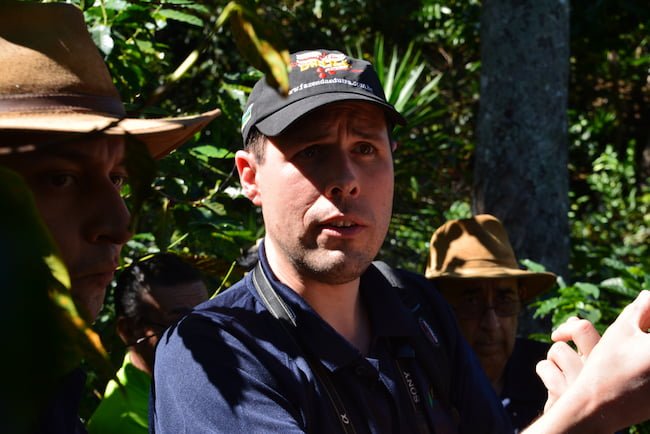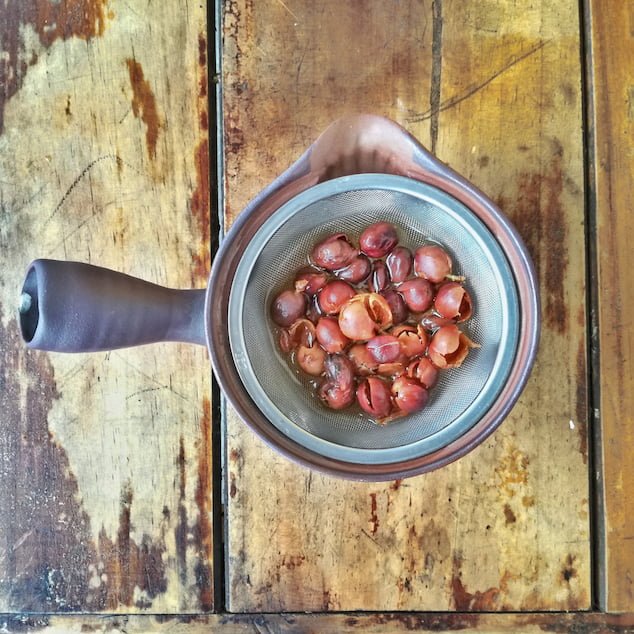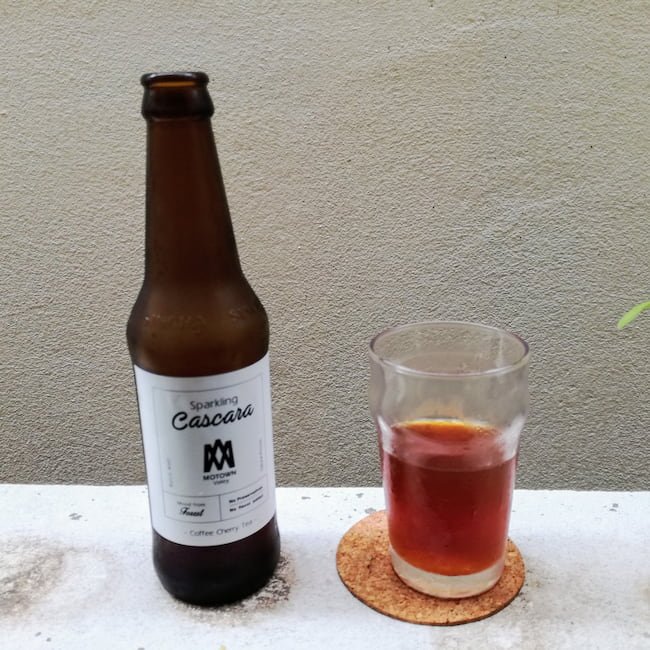Cascara has long been hailed as the next big thing in coffee.
But due to issues with food safety concerns, we still haven’t seen a wave of cascara products roll over the market.
This will probably change very soon as the EU has just legalized cascara.
And perhaps cascara is just the beginning; there is in fact a range of promising products that can be made from the coffee plant.
In this article, we’ll take a look at both the past and future of cascara.
What is cascara?
Technically, cascara is a byproduct of coffee production.
It is made from dried skin (aka husk) from the coffee cherry.
Cascara is a delicious and nutritious part of the coffee cherries. It has a rich, fruity flavor that is perfect for enjoying as a hot tea or in soft drinks.
What we usually drink and place value on are the seeds inside the coffee cherry. The rest of the plant has not been given much thought in the Western world – until recently.
Today the byproducts from coffee production often end up as compost or just outright waste.
Since the skin and pulp make up a significant part of the cherry in terms of volume, the byproducts could actually have significant value.
The byproducts of the coffee plant have caffeine, antioxidants, fiber, and proteins, so it actually seems likely that they can be used for a bunch of different purposes.
Cascara legalized
The biggest issue with cascara in the last seven years has been its legal status.
For many years, cascara was just assumed to be a part of the coffee plant, hence being legal.
However, this changed in 2015 when an Austrian coffee company wanted to create a soft drink based on cascara.
Suddenly, legality and food safety became a concern.
Further Reading: How Coffee is Made
In the EU, novel food items must be approved. And since there hadn’t been any widespread consumption of cascara (outside small specialty coffee circles) it was considered a novel food until proven otherwise.
An application had to be sent to the relevant authorities in the EU.
However, due to bureaucracy, it took until 2022 before cascara could finally be considered legal in Europe.
However, now it is official! Cascara is legal in Europe.
I recently caught up with the German coffee expert and researcher, Dr. Steffen Schwarz, to discuss the legalization of cascara and other coffee products. You can see our conversation here.

Obviously, just because cascara can be sold in the EU, food safety is still crucial.
Farmers must treat cascara very differently when it is used for tea. After being depulped, the coffee skin will have to be washed or treated with vapor to kill any bacteria that might be present. The next step is careful drying.
Cascara tea
Even though it might sound new and modern, cascara tea is in fact, old news.
The name cascara itself is derived from the Spanish word for husk or skin. There has been some tradition in coffee-producing regions for using the cherry skin as a tea.
This makes sense since it’s usually too expensive for farmers to drink their coffee instead of selling it. On the other hand, the byproducts are a cheap source of caffeine.

One of the most famous historical examples is in Yemen, where coffee cherry tea is called Qishr.
This was already described in 1823 by a British doctor in Yemen, named Robert Finlay.
“a decoction of the husk of the coffee bean is the usual drink of the higher and lower classes, very little of coffee is used even at the Imaum’s,” he wrote in a report on his journey.
Finlay also visited the highlander tribes in Yemen and noted that everyone drank qishr, smoked tobacco, and chewed khat. (Source)
Cascara tea recipe
As with regular coffee, cascara can also have a different taste depending on the varietal, the soil, and the post-harvest processing. However, typical notes are cherry, hibiscus, and hints of tobacco and dried fruits.
It does have caffeine but in smaller quantities than regular coffee. It’s comparable to green tea when it comes to caffeine.
Brewing cascara tea is simple. In fact, it’s almost like brewing regular tea.
- A good rule of thumb is using about 4 grams of cascara per cup you want to brew.
- Steep the dried skins in hot water for 3-8 minutes.
- The resulting infusion has a rich, fruity flavor with a slightly sweet taste.
- Cascara is also excellent as an ice tea. Just increase the strength of the beverage so that you can dilute it with ice.
Other coffee byproducts
In my recent interview with Dr. Steffen Schwarz, he pointed to several use cases of other coffee byproducts instead of focusing only on cascara.
“The byproducts are heavily underestimated. It’s much more than just the cherries we dry and make a tea-like beverage from,” the German coffee expert explained.
“Six kilos of cherries will turn into around 1 kilo of green beans. That means we’re throwing away 5 kilograms of food, which we shouldn’t do; it’s absurd. Having a fresh cherry will allow us to create different products. We can do purees, syrups, and even distill coffee spirits.”
Dr. Steffen Schwarz is very enthusiastic about what this could mean for the coffee industry.
“This will help the farmers get to a much more sustainable life because they don’t have to plant anything. It’s already there. Of course, they have to harvest it and learn how to produce proper clean food out of it.
Dr. Schwarz mentions that coffee leaves have a big potential as a type of tea and that this has also been made legal in the EU.

Silverskin or chaff?
Another category Dr. Schwarz forecasts to be of interest is silverskin, also called “chaff.”
This thin piece of organic material is a byproduct of the roasting process. But instead of being discarded, it can be used in foods.

“Silverskin is an extremely valuable and healthy product. 70% of it is indigestible, so it’s very good for our intestinal system to help clean it. It also has a protein content of 20%, so it can be used as a plant-based protein. It can easily be blended with flour and go into baked goods.”
Check the full interview here.
Cascara is actually both! It is brewed like tea but is derived from the coffee plant. The name “cascara” comes from the Spanish word for husk or skin. There is a tradition of using cherry skin as a tea in coffee-producing regions. However, technically tea is made from the plant species “Camellia Sinensis,” so it would be more accurate to call cascara an infusion.
Cascara tea has less caffeine than a cup of coffee but more caffeine than a cup of green tea. The amount of caffeine in your cup of cascara will depend on how long you steep the tea and the ratio of cascara to water.
Good news, cascara is not banned anymore! From 2015 to 2022, however, the EU investigated whether cascara is safe to consume. This temporarily put a halt to cascara sales in the European Union. However, it’s expected that we’ll see more cascara products, including soft drinks, in specialty shops and maybe even supermarkets in the years to come.
